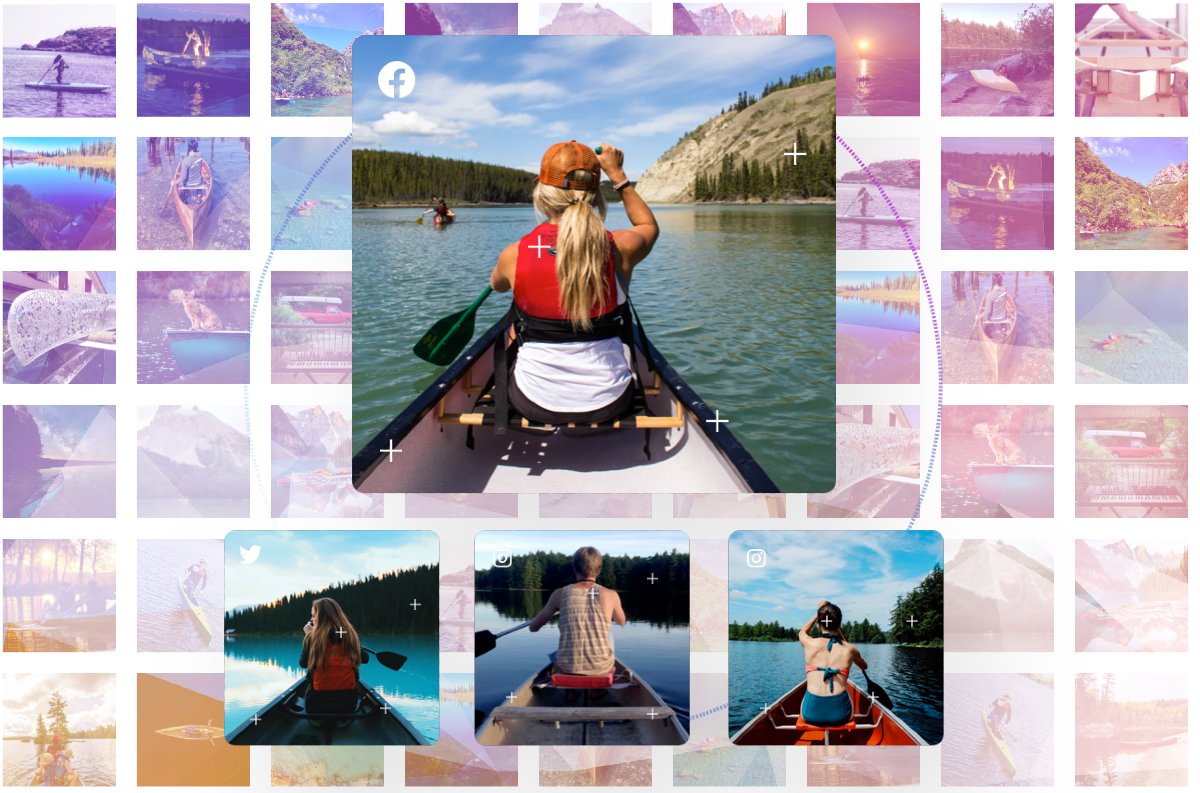In a short time, the world has changed how we look for things. Languages have a fixed number of words – and we try to describe the world around us with the commonly used words and phrases that we know. What we see often cannot be easily described in words as the mind is very visual and sensory-driven. People are intrinsically pulled to highly visual content. Brands have recognized this and the challenge for brands to maximize the amount of quality visual content is one that can be solved with user-generated content (UGC).
Trustworthy UGC – and for brands to then reuse that content in every marketing avenue available – is the truest form of marketing because it comes from the heart. By definition, UGC is content that you, other people, and I generate – and our phones are powerful devices that help us accomplish that. But within UGC you have to find the right content at the right time. To find content on the social web it might not be possible as it is time-consuming and expensive to manually find the content that suits your needs. In the world of social and UGC, there are massive volumes of content being created every day – and you may be trying to pick the best, say, 50 images that you need for a very specific reason.
Oftentimes – as in the case with images with a certain style or feel – you may say to yourself, “I wish I had more like these.” Unfortunately, it can be almost impossible to describe the essence of that image in words. The words that do come to mind describe objects – like trees, cars, a beach, or something else – but you cannot exactly describe in words the sentiment behind it, and this is where visual search comes in.
Until recently, the framework and visual search engine purpose-built for UGC and social content did not exist. There are companies like Google and some social networks like Pinterest that methodically find visual content – but all of the visual engines available are limited to certain types of content. Pinterest is limited to the content within its social network; Snapchat is also limited to the content within their platform, and Google’s content is typically far too broad to be useful.
TINT Visual Search changes this – giving users the ability to search vast volumes of content (especially social content) more effectively by uncovering images that capture the essence of what you need.
There are many applications for UGC Visual Search. Take eCommerce, for example. This is an industry that relies on the personalization of content, understanding the purchase decision triggers for a buyer and simplifying the purchase process. Visual Search, in this case, can be applied in two ways: 1) use it for quick selection, shop-the-look approaches where you quickly take an image and show the right merchandise to sell based on an image that the buyer selects and 2) take that specific image and show more images that are similar from other buyers to drive social proof for social selling.
AI at the core
Visual Search is a testament to the power of the TINT AI-backend by Filestack. When we look at the volume of content that is being processed online – various types of content, frequency, complexity – it is a daunting task for marketing teams across the globe to process that. Filestack solves this problem by processing content at scale with machine learning (ML) and artificial intelligence (AI). The power of the Filestack API platform allows TINT to process content on the social web efficiently and at scale. It is the foundation that makes TINT the platform that shapes the future of marketing.
UGC is becoming the mainstay for marketing acceleration – and visual search will become the core element to help marketers find great content for their campaigns in less time.
The whole paradigm is shifting and what leaders are seeing as we facilitate this shift is that the content that is most interacted is that which speaks to your target audience – and best resonates when it reflects their interests or personality.
The brand-consumer relationship has morphed and at TINT, we are leading and paving the way for hyper-personalized user engagement.




